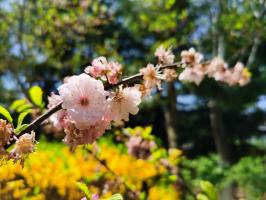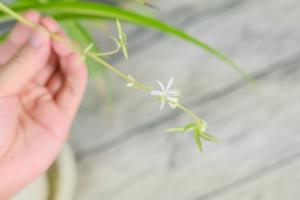Are There Plants That Store Water in Arctic Tundra?
The Arctic Tundra region is known for its harsh climate and icy landscapes. Despite this, there are numerous plant species that have adapted to these extreme conditions and are found thriving in this region. These plants have evolved several strategies to endure the cold and dry conditions of the Arctic Tundra, and one of these strategies is the ability to store water.
Adaptations of Arctic Tundra Plants to Store Water
Arctic Tundra plants have developed several adaptations to store water and survive in this harsh environment. Some species have specialized structures that allow them to store water in their leaves or stems. For example, the Arctic Willow (Salix arctica) has thick, waxy leaves that not only retain water but also protect the plant from freezing temperatures. Similarly, the Arctic Poppy (Papaver radicatum) has a bulb-like root structure that stores water during the summer months when water is available and uses it during the winter when water is scarce.
Other plant species, such as the Cotton Grass (Eriophorum spp.), have an extensive root system that allows them to access groundwater and store water in their roots. The roots of Cotton Grass can extend up to 15 meters deep into the soil, collecting moisture from underground sources. This adaptation enables the plant to survive during long periods of drought and harsh winter conditions.
Importance of Water Storage Adaptations for Arctic Tundra Plants
Water storage adaptations are crucial for Arctic Tundra plants to survive in a region where water is scarce and the growing season is short. These adaptations allow the plants to store water during the summer months, when water is plentiful, and use it during the winter, when water is frozen and unavailable. The ability to store water also allows the plants to maintain their turgor pressure, which is the pressure exerted by the plant cell walls against their contents. Turgor pressure is essential for the plant's structural integrity and growth, so the ability to store water is critical for the survival and growth of Arctic Tundra plants.
Furthermore, water storage adaptations play a vital role in the food chain of the Arctic Tundra region. These adaptations ensure that the plants can survive the harsh conditions and provide a food source for herbivores such as musk oxen, Arctic hares, and caribou. The survival and growth of these herbivores are also crucial for the survival of predators such as wolves, Arctic foxes, and polar bears.
Conclusion
Arctic Tundra plants are well adapted to the extreme environmental conditions of this region, and water storage is one of the adaptations that enable their survival. Whether it's through thick leaves, bulb-like roots or an extensive underground root system, these plants have evolved to collect and store water to survive harsh winter conditions. Water storage adaptations are not only vital for the survival and growth of Arctic Tundra plants but also play a critical role in the food chain of this unique ecosystem.

 how many times do yo...
how many times do yo... how many planted tre...
how many planted tre... how many pine trees ...
how many pine trees ... how many pecan trees...
how many pecan trees... how many plants comp...
how many plants comp... how many plants can ...
how many plants can ... how many plants and ...
how many plants and ... how many pepper plan...
how many pepper plan...































